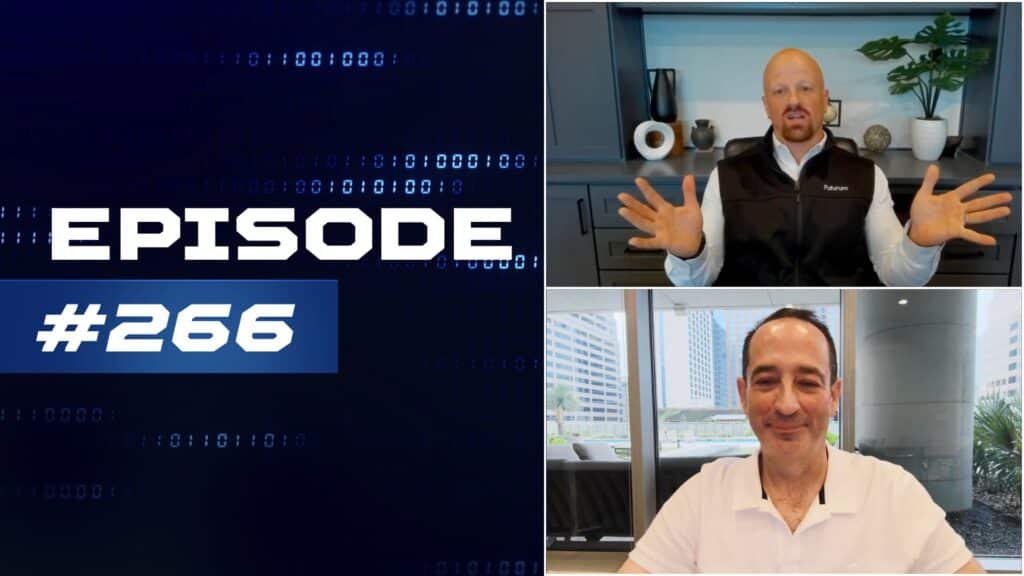In the natural scientific world, the principle that form is function refers to the direct relationship between the physical structure of a living system and the way that it functions and survives. The same design principle holds true when one considers the physical structure and shape of an organization and its intended function or purpose. In healthcare, the digital revolution continues apace to transform the model for how care services are organized, delivered, and accessed. But it is value-based (versus fee-for-service) payment models, the driving force in healthcare financing, that have largely influenced the strategic thinking behind the emergent digital infrastructure and what will incentivize the human behaviors within the healthcare system to deliver quality care at lower cost and superior patient experience.
The distinction is an important one when understanding the primary motivation for healthcare organizations to improve patient experience across the patient journey within a transforming care delivery system that is increasingly person-centered, technology-enabled, and accountable for outcomes. Constant pressures to manage costs, as well as unsustainable levels of spending while continuing to achieve sub-optimal health outcomes associated with the care patients receive, have long dogged health care. Until recently, the traditional financing model of care never truly incentivized providers to coordinate and manage patient care across the continuum. As organizations are increasingly being held accountable for outcomes, digital transformation now affords them a means to an end to support patient access and engage patients in care, as well as to differentiate themselves from competition in the consumer healthcare market.
Articles and webinars reflect growing recognition within the field that digital transformation has to be systemized and routinized into care operations, such that the technology-enabled model of care delivery and the business model for managing care are increasingly interdependent and connected to each other. A common criticism of healthcare’s pre-COVID efforts to use telehealth has been that they were never truly disruptive in that the organizational structure and operational processes remained wedded to fee-based service payment models. What is becoming evident today and what sets the healthcare industry’s efforts apart from previous attempts for solving healthcare’s challenges is that the value-based payments models no longer constrain organizations to the strategic mindsets and approaches that have often contributed to if not reinforced the challenges that beset healthcare.
In The Coming Healthcare Revolution, Jeff Fuller, Vice President of Analytics Solutions at CipherHealth, stated that linear thinking or constrained ideation is never effective in leading revolutionary change. Approaching opportunities for improvement in healthcare requires an awareness of the interconnected relationships in the processes and workflows that drive value for patients and solve real problems. Looking across industries, Fuller recognizes that a dual operating system that allows organizations to simultaneously pursue actions on strategic challenges while bypassing the typical hurdles and processes in place to support the core business is what sets apart organizations of other industries that have successfully navigated disruption and adapted to transformational changes. For that to occur in health care, organizations need to reassess their competition and value drivers. To unscale the healthcare industry and reframe successful patient engagement, Fuller argues that creating loyalty by connecting people to their health in the time, modality, and location they prefer will require healthcare providers to shift from a supply to demand-side business mindset. Fuller cites AirBnB and Uber as examples of how startups upended traditional industries through an asset-light disruption model in a matter of years. Has the healthcare industry’s Uber moment arrived?
Author Information
Andrew Broderick is a Senior Analyst contributing to Dash Research’s CX Advisory Service as well as Dash Network’s ongoing editorial coverage of Healthcare CX and Patient Experience. Based in San Francisco, Broderick has more than 20 years’ experience in technology research, analysis, and consulting, including an extensive background in digital health technologies and business practices.






